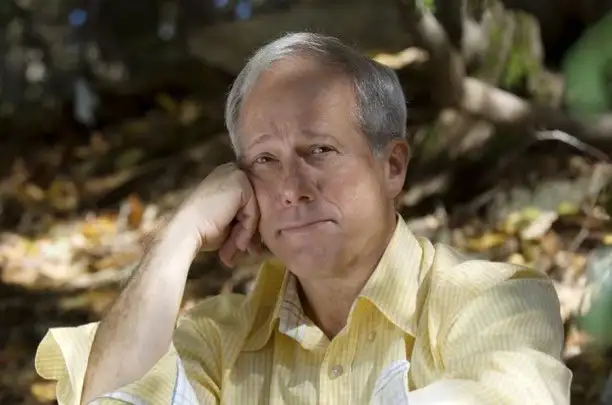
Recently I realized that when a poet has finished writing a poem, the poem is still not complete. The poem’s act of completion is when someone else reads it. And so I wrote this poem.
The Book
There is no Frigate like a Book
to take us Lands away.
Emily Dickinson
I find you in these sunless stacks.
Your poems might be uncommonly fine —
but your pages darken to brittleness
and you’ve never been checked out. Unless
your anchor’s weighed and you proceed
to find the harbor of another’s mind,
nothing will come of the cargo in your hold.
I stand in the gloom of the unread, and read.
A reader brings a poem to life. Without readers a poem cannot be more than an act of self expression. Poetry is about communication. Billy Joel once said that when he goes on tour (he was speaking about his legendary 1987 tour in the USSR), performing his songs makes them live again — not just for his audience but for himself as well. It’s the same for a poem. When I learn that someone has read one of my poems, I go back and read it again. Strange as this may sound, the poem carries fresh energy, it’s more alive to me because of that reader.
Every poem implies its audience, and the intended readers are not always the same. When Melville wrote, “Call me Ishmael”; when Whitman wrote, “I celebrate myself, and what I assume you shall assume”; when Frost, in the first poem of his first book, said, “You come too”; when Baudelaire wrote, “Hypocrite lecteur, — mon semblable, — mon frère!”; each was addressing a reader but not the same reader. Wouldn’t it be great if we could ask these poets to describe who in their imagination was sitting across the table, listening as they wrote? Who were they writing to — and for? Each of these writers seemed to make transforming assumptions about his readers and address them in a new way. Their direct address was somehow made more direct. It held, succeeded and literature was changed.
P.S. I’ll be writing in a future post about the role of rhyme in a formal poem. But “The Book” is a good example of what I call “customized rhyme.” By that I mean, instead of a standardized rhyme scheme — such as a quatrain or limerick which serves to “package” the poem — the customized rhyme scheme illustrates and supports the argument the poem is making. The rhymes in “The Book” are: abaa/cbcc. The first b (“fine”) has to wait for its mate (“mind”) until the poem’s journey has succeeded.

Latest Posts
Free Newsletter Sign Up
Join over 8 thousand subscribers. Sign up to receive poems and brief thoughts about the state of the art of poetry a couple of times a month for free.
As a welcome gift, I’ll send you my free, digital chapbook The Subcutaneous Art: A Collection of Short Essays on Poetry on signup.
This collection comes from my lifelong engagement with poetry—an obsession that has never let go. Together, we’ll explore questions like: What makes a poem, a poem? Can a poet be wrong on everything—and the poem still be right?
